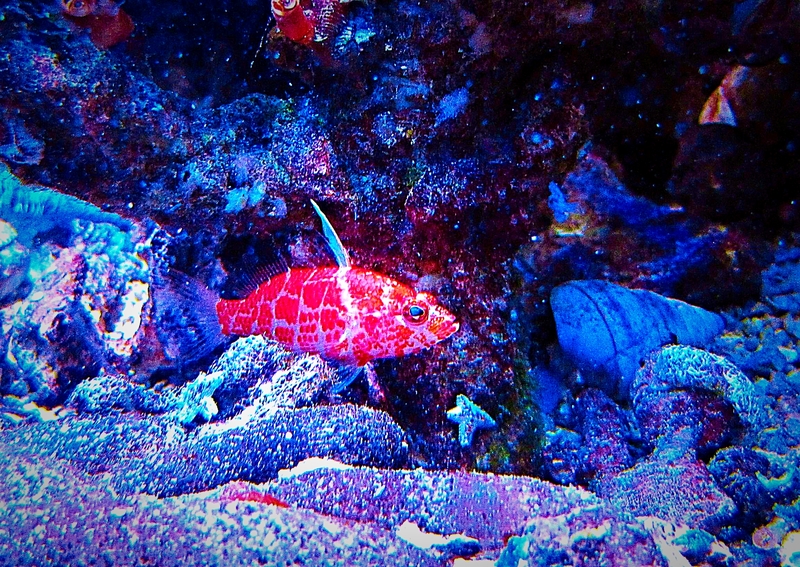- Joined
- May 6, 2016
- Messages
- 1,366
- Reaction score
- 2,175
Mainly because they said it “has to be better”. I too question that. I don’t know why it would have to be better. But it creates a circular argument. Original claim “live has to be better”. Evidence requested to back that up. Evidence requested to prove the contrary. Shouldn’t first have to provide info why they’d be wrong without first being presented what they have to show they are right. If that rambling makes sense.For conversations sake? Just curious as to why some don't think live or fresh is better other than the work factor. My question wasn't meant to be aggressive, just curious.
As for me, I doubt live vs dead matters. Is there anything in live mysis or brine not available in frozen? Or in LRS? Now if the debate was processed vs frozen, pellets/flakes vs rods/LRS then that’s a different conversation.





















